How to Photograph a Solar Eclipse
by Andrea Minoia
A total solar eclipse is a rare event. Even when it happens, you can
only see it from certain locations and for a short period of time.
Knowing how to capture eclipse images well in advance is key.
This article will help you bring home great images of this rare phenomenon.
What Is a Solar Eclipse?
A solar eclipse occurs when the Sun, the Moon and the Earth
(specifically your location on Earth) all line up. The Moon passes
between us and the Sun.

The origin of solar ecplises. Image Credit: Wikipedia.
If this celestial alignment is perfect, and if you are in the right
location, the Moon will cover the solar disk in the sky. This plunges
you into darkness (no wonder people in ancient times saw a solar eclipse
as a bad sign).
A total solar eclipse is possible because the apparent size of the Moon in the sky is pretty much matching that of the Sun.
Here’s a fun fact. The moon is getting away from Earth at about
3mm/year, so in the distant future total eclipses will not be possible
anymore. Better take those pictures while you still can.
If the alignment is less than perfect, we’re talking about partial solar eclipse.
The Gear: Safety First
Because this is a rare event, you will get news of the incoming
eclipse weeks in advance, even if you are not into astronomy. Use this
time to ensure you have
the right gear and that you know how to use it.
Solar Filter
This is by far the most important piece of equipment when it comes to
photographing the Sun. This filter is not there to create nice
photographic effects. It’s there to prevent irreparable damage to your
camera (and, more importantly, your eyes when you look down your optical
viewfinder).
The lens,
a telescope
or a binocular, in fact, will concentrate sunlight. Failing to observe
or photograph the Sun with the proper filter will result in a hole in
your cornea or your sensor. Especially if it’s a midday sun. That’s why
you were told to protect your eyes using eclipse glasses when you were
young.
A proper solar filter (technically called white light solar filters)
can be purchased online (better on astro-related websites, such
astroshop.eu). They start at $50 or so and will cut down not only the
visible light, but also the IR and UV radiations.
This is not the time to play cheap testing improbable
DIY solutions such as stacking classic neutral density filter or
ND filters.

Classic and rather inexpensive white light filters. They are available in different sizes.
Before using the filter, inspect it for deep scratches, cuts or
holes. Change it if you are not sure about its integrity. Having a
damaged filter is like looking at the sun with your naked eye.
Once you’re sure it’s okay, slide it on the lens and tighten the
thumbscrews to lock it in position. Check the filter is stable and be
careful not to knock it off the lens.

Here’s the filter mount on my Skywatcher Skymax 90/1250 telescope (left) and on the Sony RX10 (right).
White light solar filters can be used all year long to observe and
photograph Sun Spots. These are regions of the solar surface that are
colder than the rest.

With
white light filters you can easily image Sun Spots. Olympus OM-D EM-5
Mk ii with Zuiko OM 200 f/4 and Zuiko OM 2X-A teleconverter. Stack of 20
images.
It is
VERY IMPORTANT that your filter is properly
mounted before you point the camera at the Sun. Also, don’t allow
children to manipulate your equipment to observe or photograph the Sun
on their own.
Tripod
A
tripod is a must-have. It will allow you to set up your DSLR camera before the beginning of the phenomenon.
You might have to compete for your photography spot. Particularly if
you want to photograph the eclipse and the landscape using a
wide angle lens, so plan to be at your location well in advance.

Wide-angle lenses can be used to capture a solar eclipse over a landscape. Image credit: BrianChorsky @bianxplores.
The Sun moves in the sky at about 15º/hr. So if you want to use a long
telephoto lens,
you will need a tracking device like the Skywatcher Star Adventurer to
follow it. That’s if you don’t want to re-frame very often.
If you don’t have a tracker, a 3-way pan head may be an easier option
than a ball head. That way you can re-centre the Sun in the frame
easily.
Remote Shutter
A remote shutter/
intervalometer will allow you to easily create a time lapse of the event. Remote shutter release will also prevent camera shaking.
What Lens Should You Use?
As mentioned before, the sun appears
in the sky as big as the full moon. This means that you can use the same
lenses or telescope you would use in moon photography to get the full moon in the frame.
If you are interested in isolating the sun, a telephoto lens or zoom lens of about 300mm is a good starting point.
The sun will still be small in the frame, but there’s not a lot of detail to capture anyway. A wide
aperture is not required for this
kind of photography.

The effect of focal length in filling the frame (35mm) with the solar disc.
If you don’t have a super telephoto lens, you can opt for old, manual lenses from the
film era. For my lunar and solar images, I use an old Olympus Zuiko OM 200 f/4 with its 2X teleconverter on my Olympus OMD camera.
If you want to
photograph the landscape too, you’ll need a wide angle lens.
What Camera Should You Use
Any camera will do, as long as you can use a long
focal length lens.
Low light, high
ISO
performance, and camera lens performance are not an issue here. So
cameras with smaller sensors have the advantage here. They fill the
frame better at any given focal length than
full frame cameras.
For example, 1-inch type cameras or point-and-shoot digital cameras,
such as the Nikon P900 or Sony RX10/RX100 give great reach in a smaller
package. If you have a telescope, you could even use your
camera phone.

The sun photographed with a white light filter on my 1″-type Sony RX10 camera at 200mm (crop).
Composition Tips for Solar Eclipse Photography
An eclipse happens in 5 major steps. Each one lasts for a short
amount of time and has interesting characteristics you can photograph.
Check out the graphic below for more details.

The five steps of a solar eclipse.
Here’s a brief description of what happens during each phase.
- Partial eclipse begins (1st contact): The moon starts to appear over the sun’s disk.
- Total eclipse begins (2nd contact): The entire disk of the sun is covered by the moon. Observers in the path of the moon’s umbra may be able to see Baily’s beads and the diamond ring effect, just before totality. The chromosphere can be visible.
- Totality and maximum eclipse: The Moon completely covers the disk of the Sun. Only the Sun’s corona
is visible. This is the most dramatic stage of a total solar eclipse.
At this point, the sky goes dark, temperatures can fall, and birds and
animals often go quiet. Observers in the path of the Moon’s umbra may be
able to see Baily’s beads and the diamond ring effect, just after totality ends.
- Total eclipse ends (3rd contact): The Moon starts moving away, and the Sun reappears.
- Partial eclipse ends (4th contact): The Moon stops overlapping the Sun’s disk. The eclipse is ending at this stage in this location.
Partial Eclipse
The Moon is only partially blocking the Sun. This is the phase that
precedes or follow totality, when the entire Sun is blocked by the Moon.

The Moon is only partially blocking the Sun. Image Credit: Marco Bruno.
Diamond Ring
A bit before totality, when the Moon has almost fully blocked the
Sun, you can witness the so called Baily’s beads and diamond ring
effects. They are the result of the Sun shining through the uneven
Moon’s Limb (the edge of the lunar disk) forming a series of bright
“beads”.
In this phase you can have a hint of the Solar Chromosphere too. This is a reddish line around the still visible solar edge.

Baily’s
bead right before totality. The chromosphere is also partially visible,
as well as a solar prominence. Image credit: Marco Bruno.
When totality is almost reached, only a single bead will shine, mimicking a shiny diamond on a ring (hence, its name)
Solar Corona
The Corona is very faint and can be seen only during totality. When
the Moon covers the Sun entirely, the Corona is the only visible part of
the Sun, often appearing as a halo.

At totality, the Solar Corona appears as a halo around the blocked Sun. Image credit: Marco Bruno.
On Earth, the Solar Corona can only be seen during totality. It
doesn’t matter how good, large or expensive your equipment is. With less
than totality, the remaining sunlight will overpower the much fainter
halo of the corona.
Solar Prominence
A
prominence is a large, bright, gaseous feature extending outward from the Sun’s surface, often in a loop shape.
Usually, prominences can be seen and photographed all year by using
special narrow band telescopes. These allow you to see only a particular
kind of light.
During a solar eclipse, though, you might be lucky enough to photograph a prominence even with the
classic white light filter.

Two prominences are visible near totality in this image. Image credit: Marco Bruno.
Camera Settings
First of all, set your camera to
shoot in RAW
and use the lowest possible ISO (typically ISO 100 or ISO 200). If you
are on a tripod, remember to disable any image stabilisation. As per
aperture, I rarely go wider than f/5.6.
White balance should be, obviously, set to sunlight.
Because the Sun is bright even with solar filter installed, your
auto-focus should work well. For consistency though, I prefer to
focus manually.
The amount of Sun blocked by the Moon varies during the eclipse. This
means that you will have to adjust your shutter speed or your solar
eclipse exposure.
Here are some shutter speeds you should consider during the partial
phases or the different steps in the solar eclipse. This is assuming you
are using a white light solar filter, ISO 200 and f/5.6.
- Full Sun: 1/1000th of a second or faster;
- Partial Solar Eclipse: 1/500 – 1/250th of a second;
- Diamond Ring: 1/250th of a second;
Please note that those settings are more of a solar eclipse exposure
guide or a starting point. You may tune your exposure settings
considering your gear and
weather conditions (haze, fog, clouds, etc.).
Conclusion
In this article you have learnt the basic of solar eclipse photography. Before you go, the last thing to consider is to
make a composite of all your photos to show the progression of this rare and breathtaking event.

Image Credit: Michael Dimaculangan.
A note from Josh, ExpertPhotography's Photographer-In-Chief:
Thank you for reading...
CLICK HERE if you want to capture breathtaking images, without the frustration of a complicated camera.
It's my training video that will walk you how to use your camera's functions in just 10 minutes - for free!
I also offer video courses and ebooks covering the following subjects:
You could be just a few days away from finally understanding how to use your camera to take great photos!
Thanks again for reading our articles!

Andrea Minoia
Andrea Minoia is an enthusiast photographer based in Brussels,
Belgium. He is mainly active in portraiture and table top photography,
but he does enjoy to get busy with astrophotography and infrared
photography. You can follow his work on his regularly updated photo
stream on
500px and follow him on
google+.You can also get in touch with him via his
personal website .
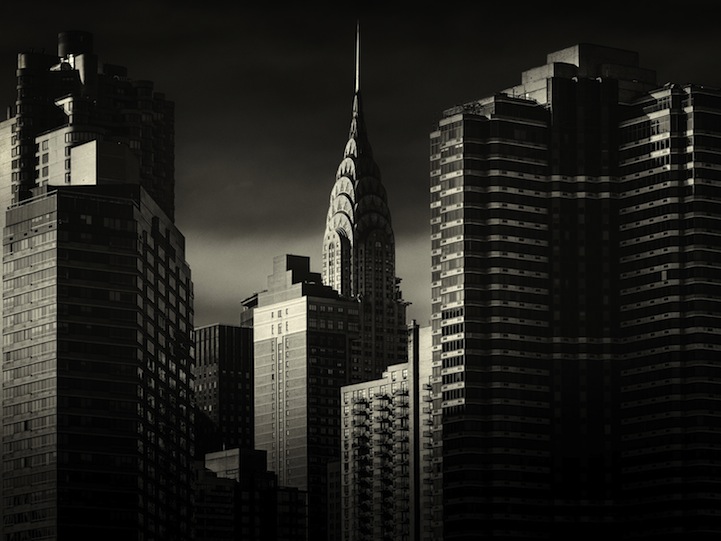




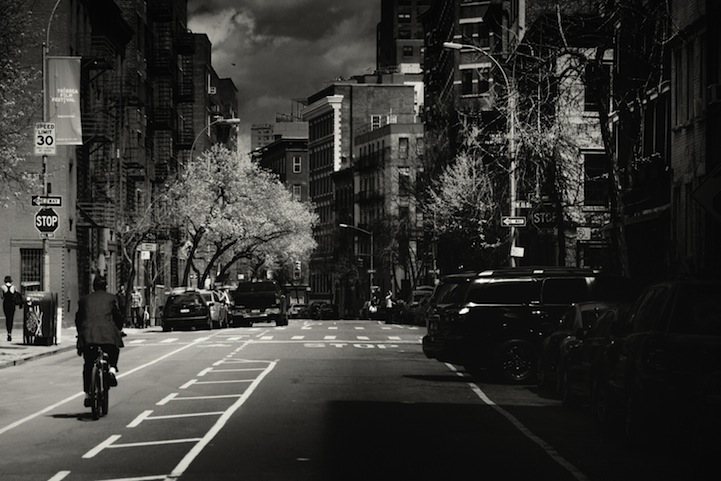


 Alex Teuscher’s website
Alex Teuscher’s website
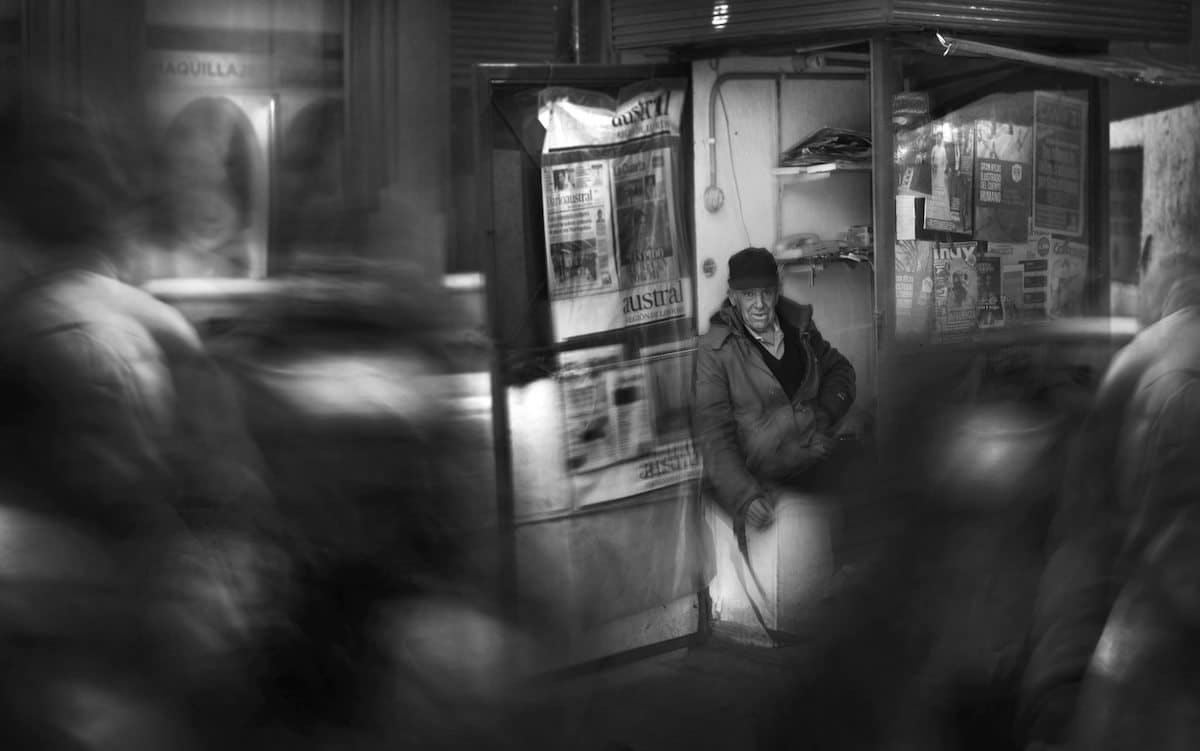
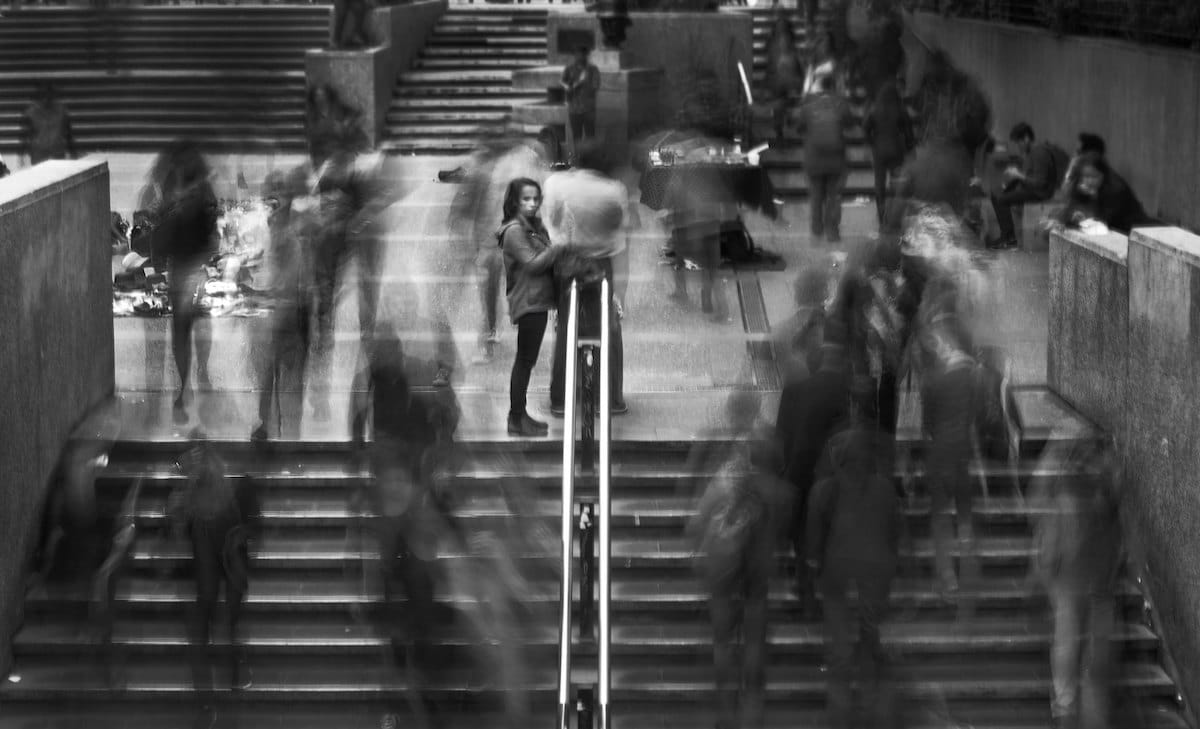
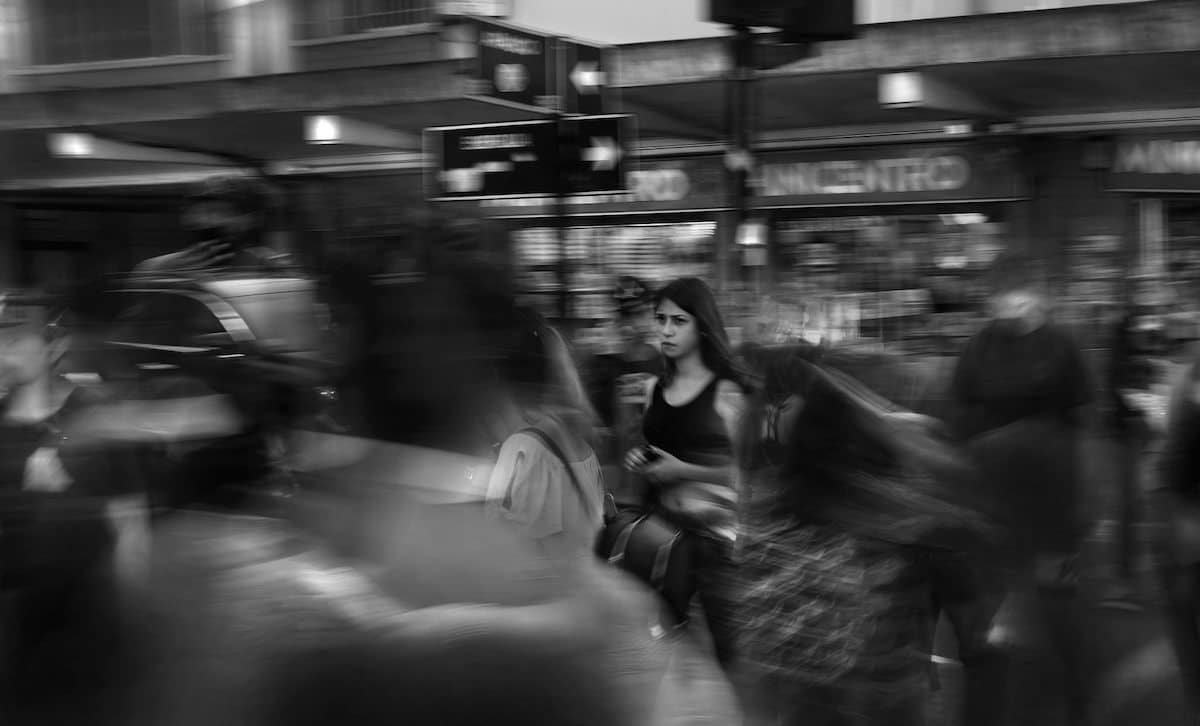

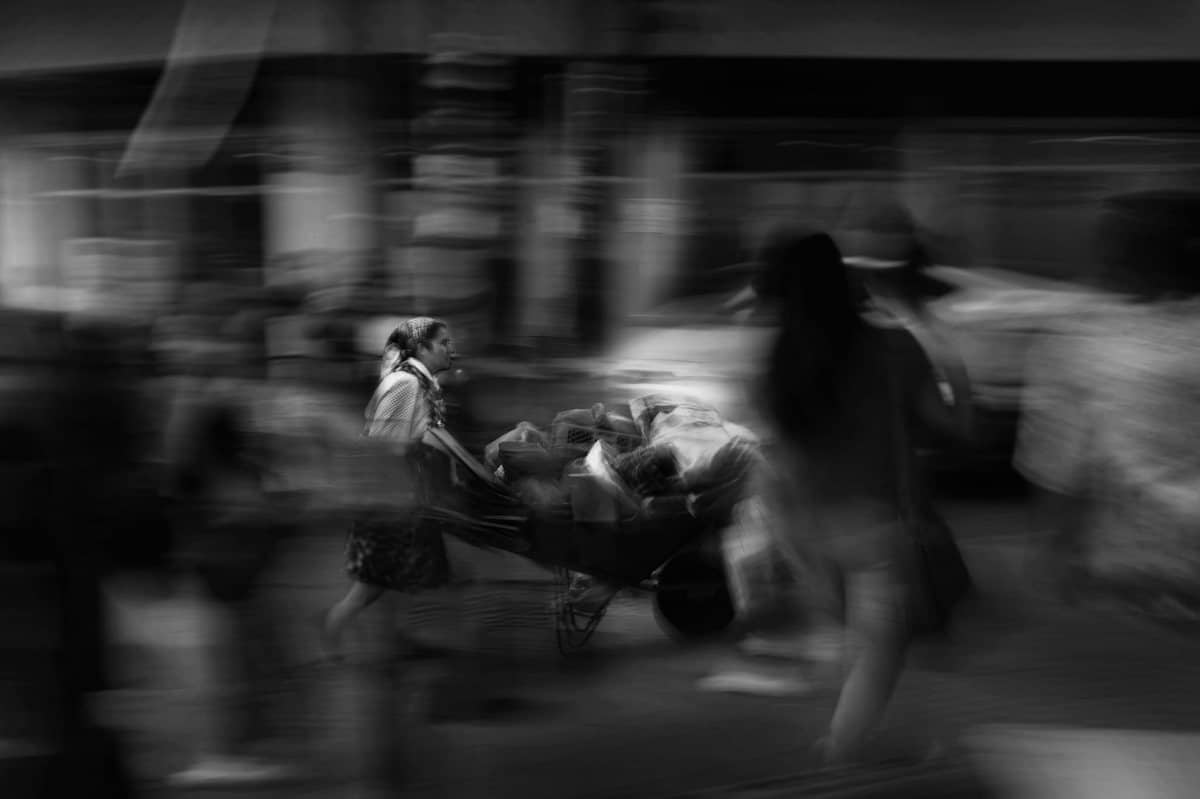
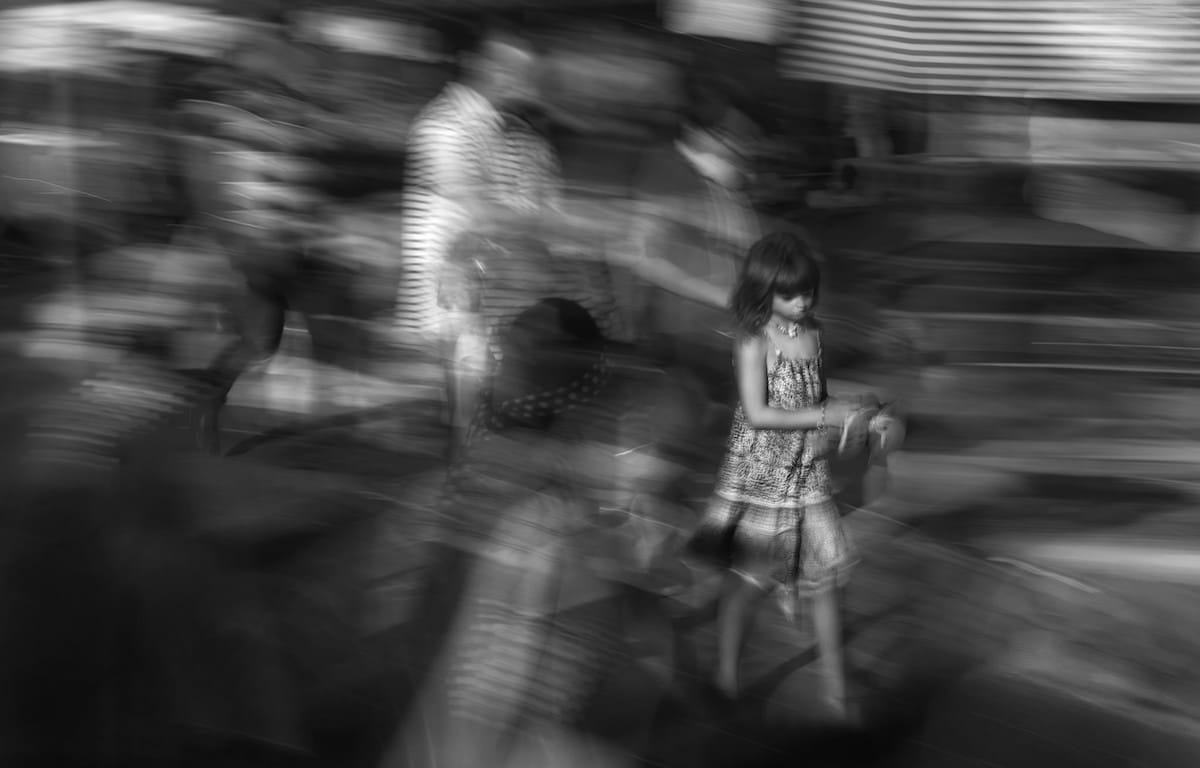
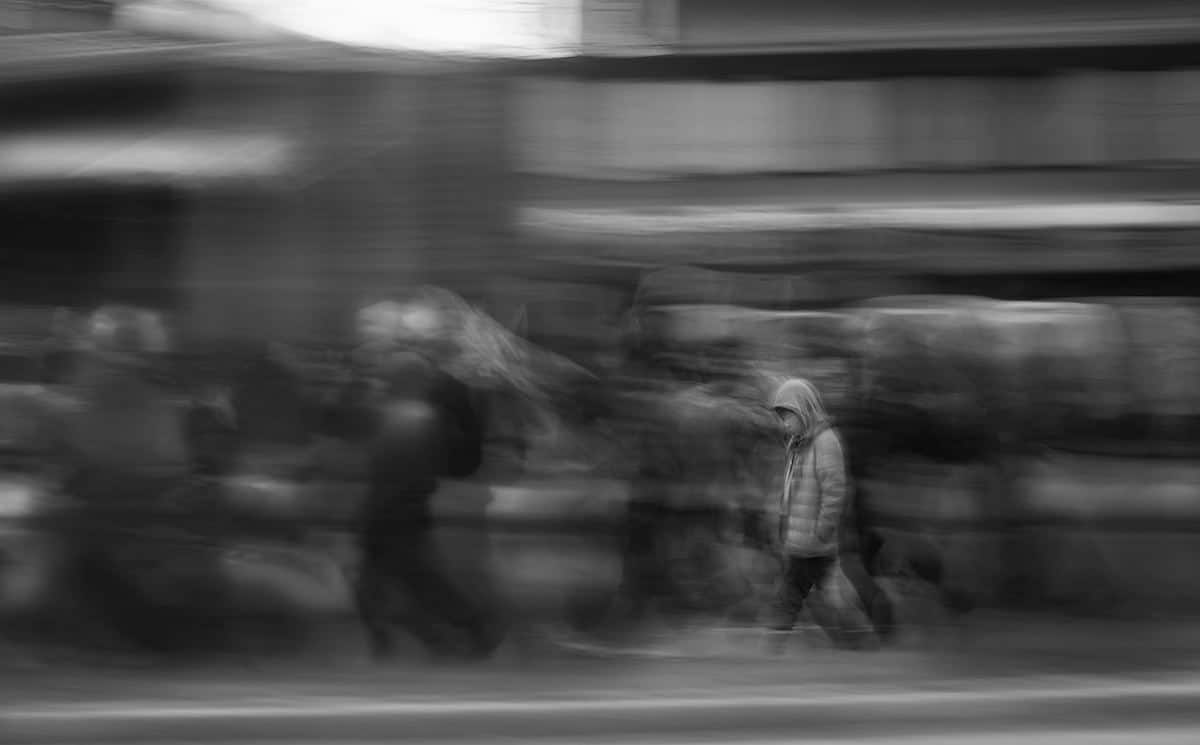
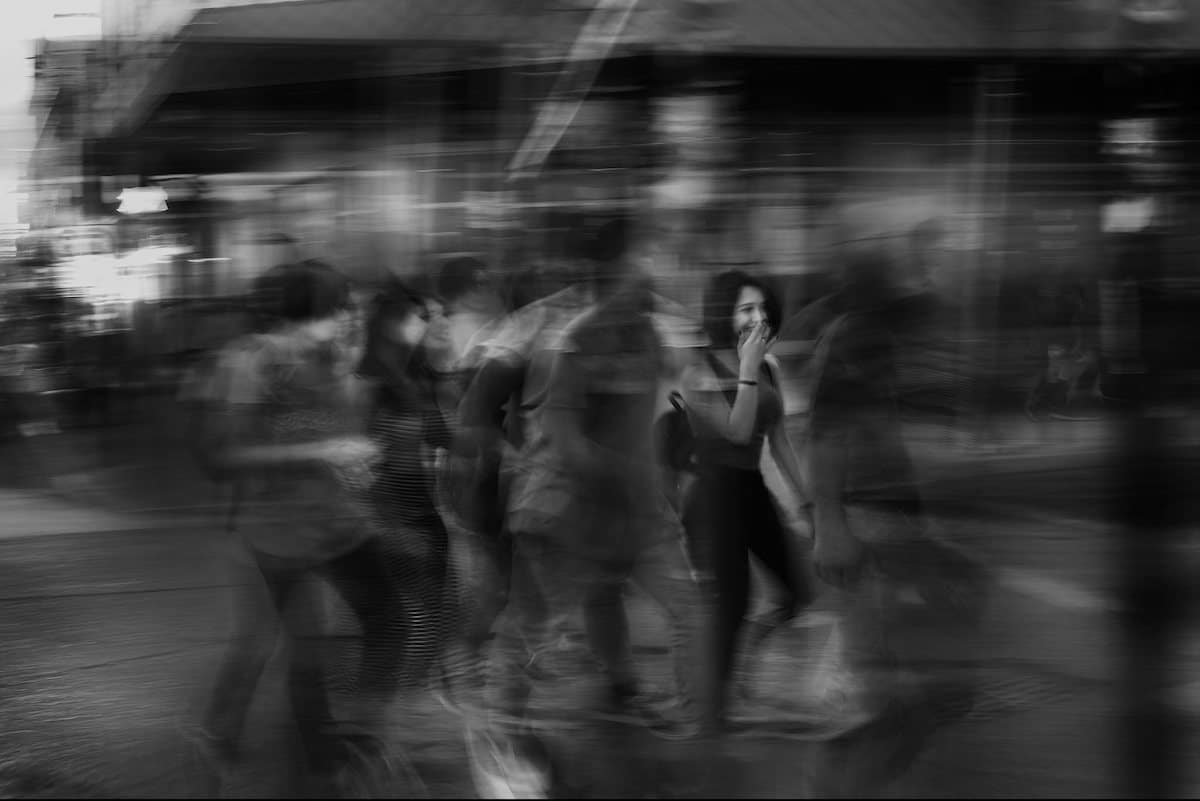
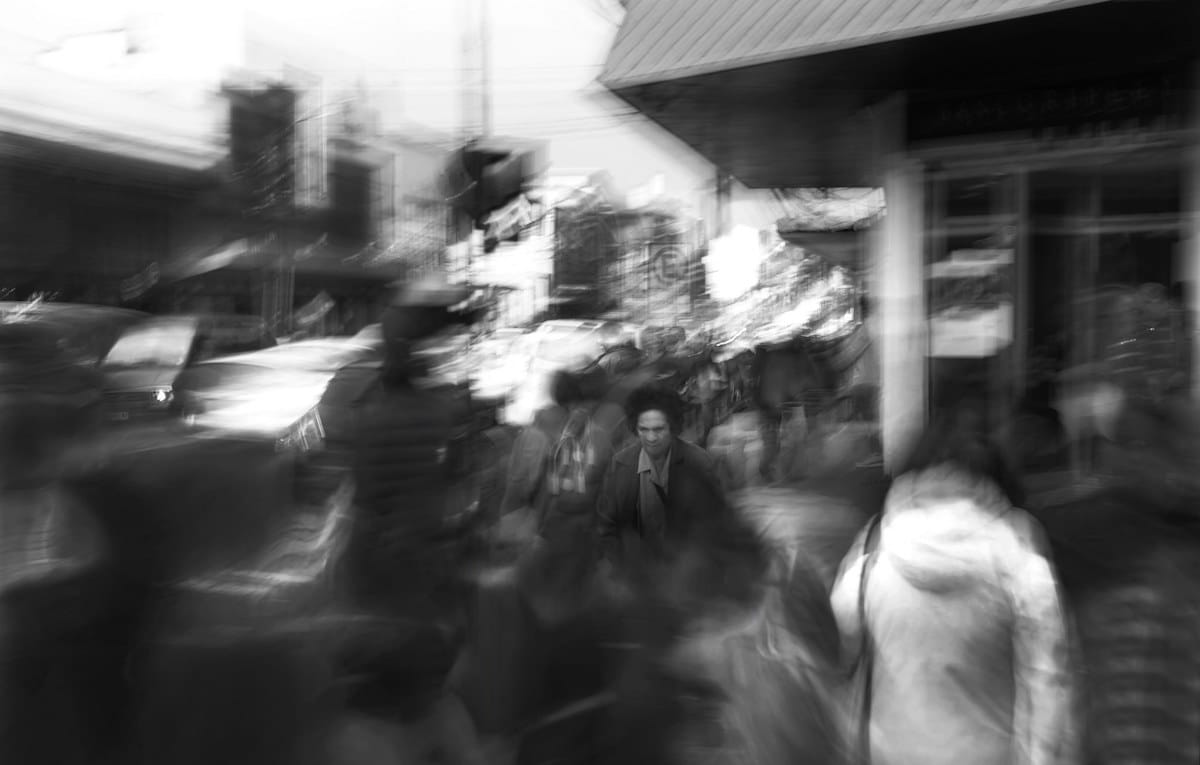
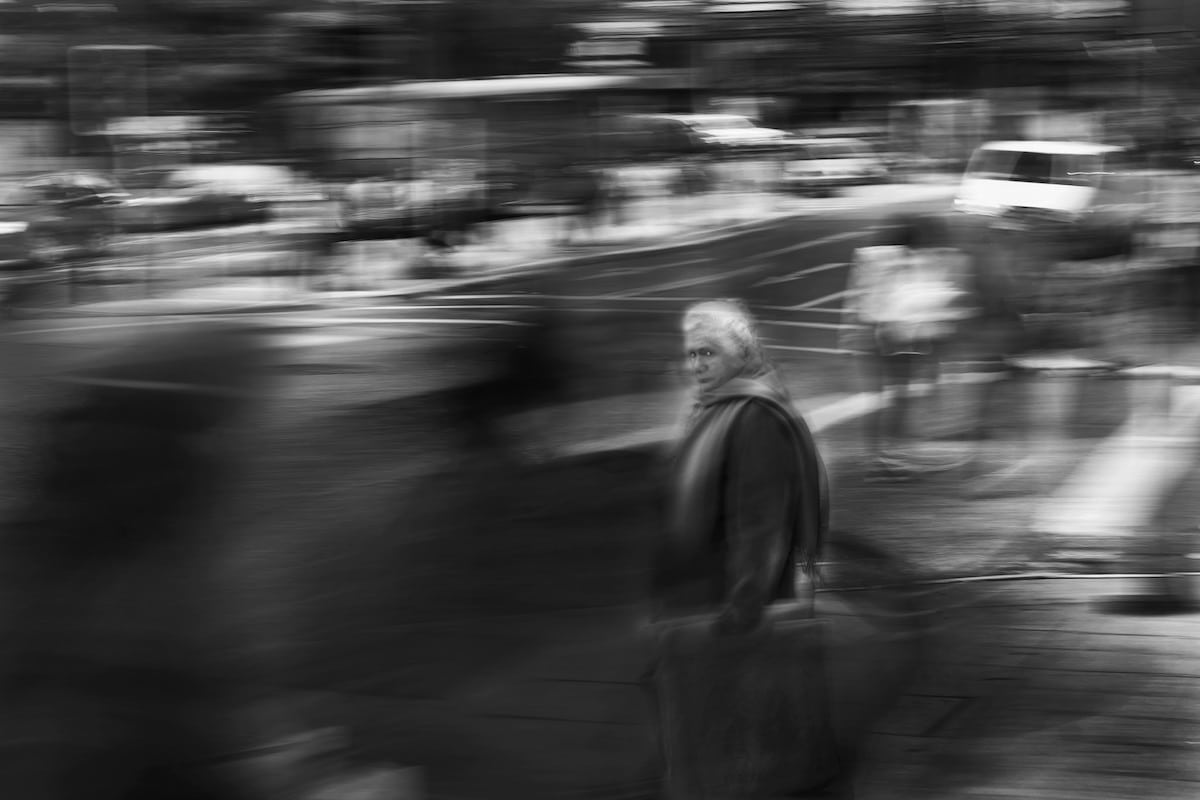
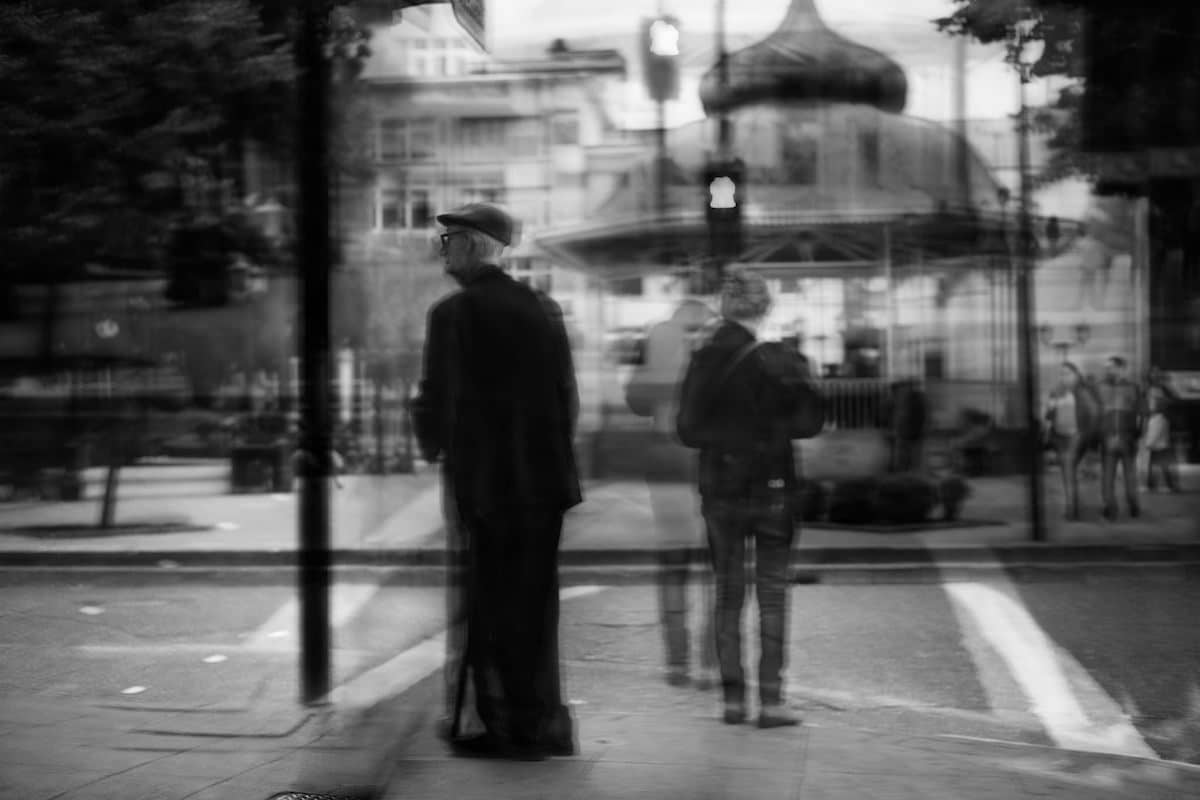

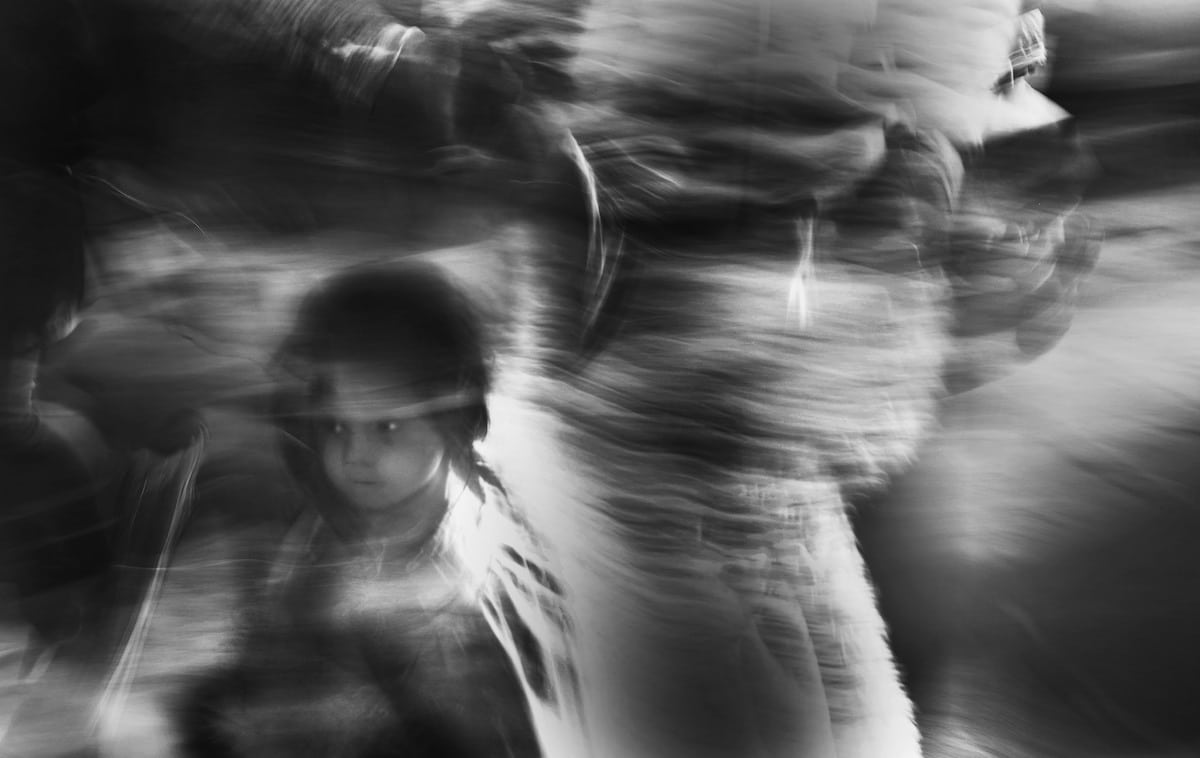
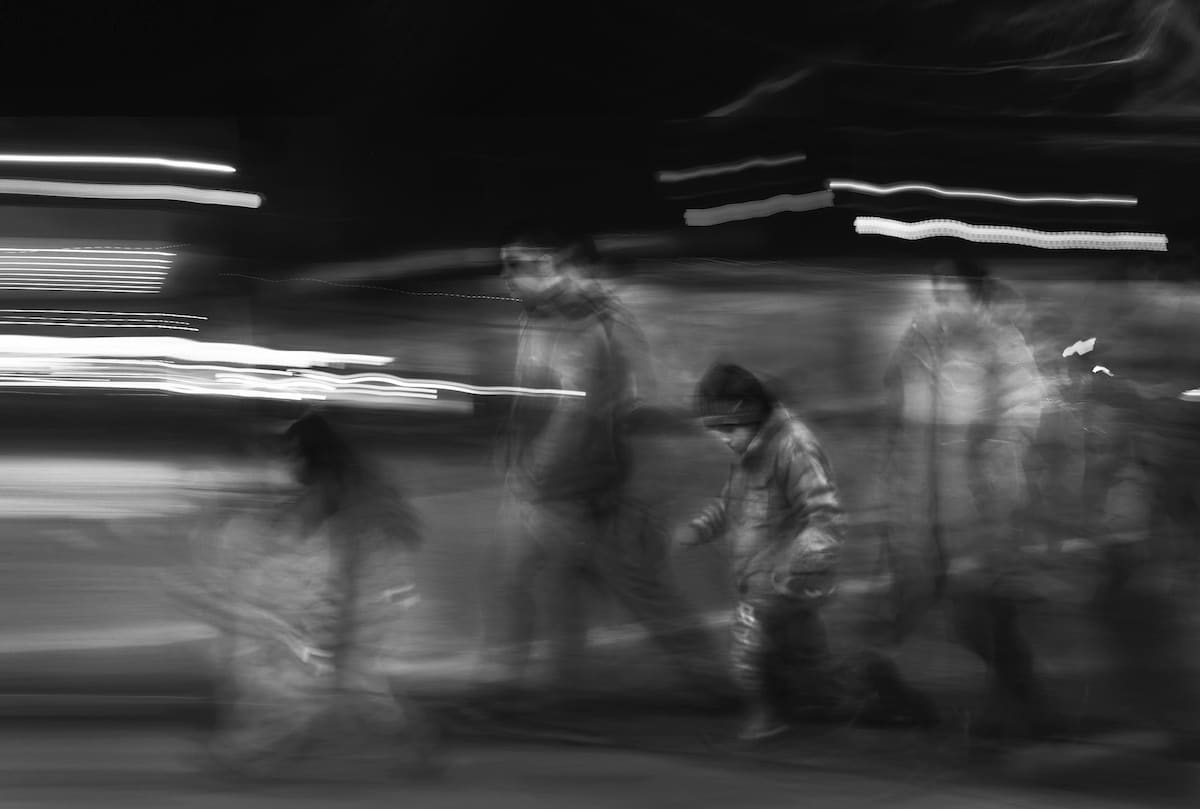

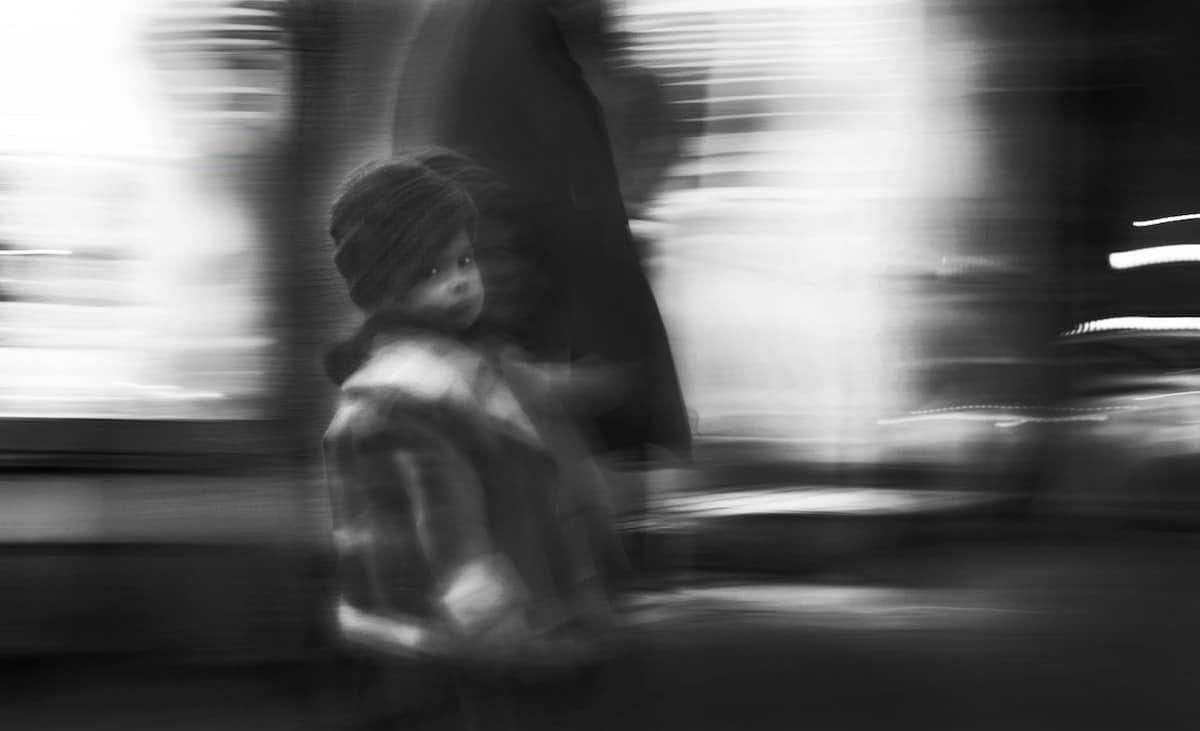
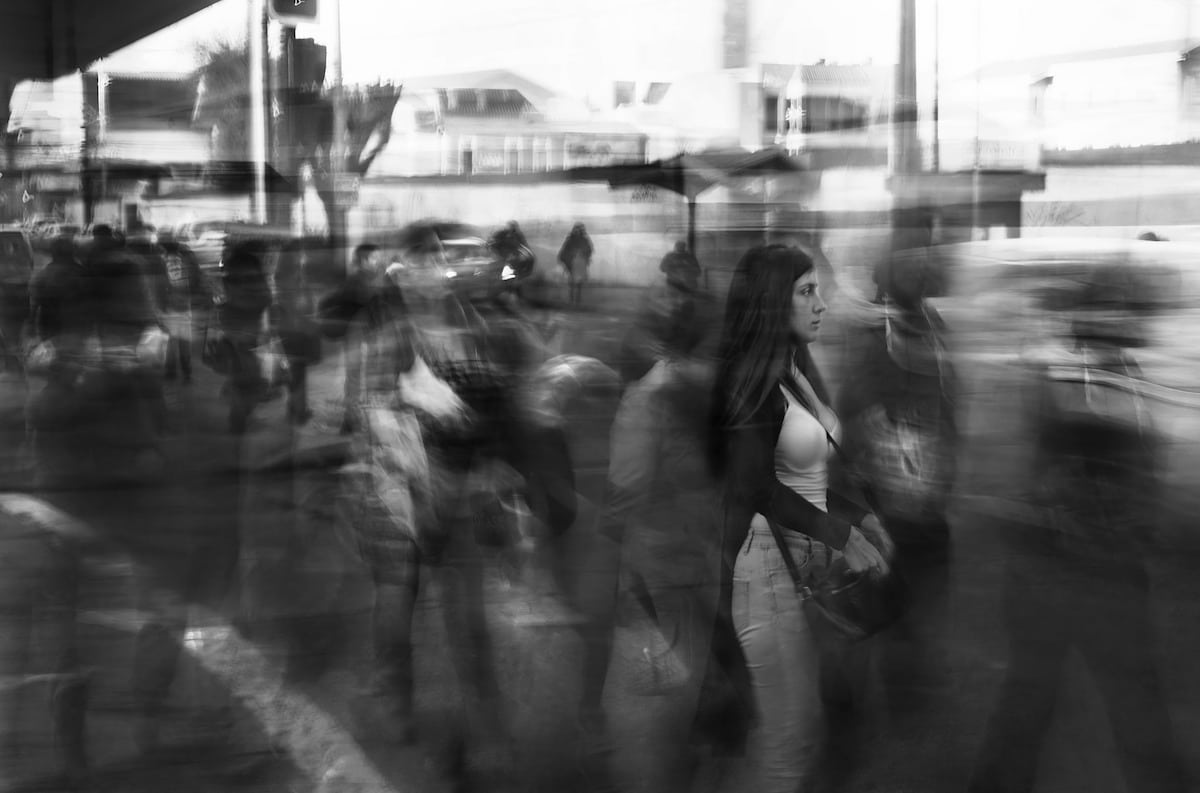 Eduardo Asenjo Matus:
Eduardo Asenjo Matus: 





















 Hi! I'm Aly. Thank you for stopping by. I'm a photographer who loves to
help other photographers learn new things. I believe there is always
something new to learn. I'm a Momma to one, I love Instagram (you should
follow me!), and I love helping fellow photographers. I'm a die hard
Nikon fan, a lover of natural light, macro, lifestyle, and dark and
moody images. If you need a little help with your camera and
photography, you've come to the right place!
Hi! I'm Aly. Thank you for stopping by. I'm a photographer who loves to
help other photographers learn new things. I believe there is always
something new to learn. I'm a Momma to one, I love Instagram (you should
follow me!), and I love helping fellow photographers. I'm a die hard
Nikon fan, a lover of natural light, macro, lifestyle, and dark and
moody images. If you need a little help with your camera and
photography, you've come to the right place!